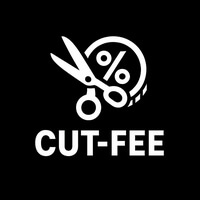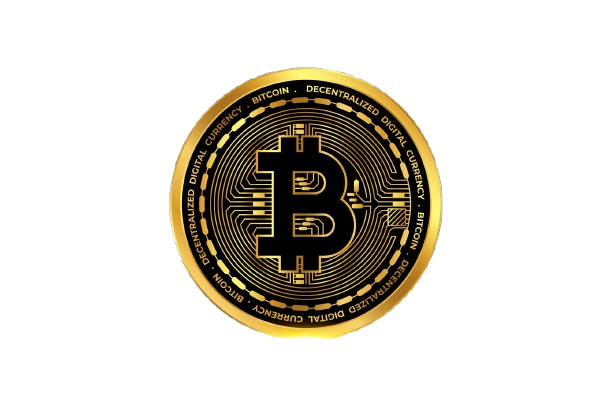In today’s post, I’ll explain the different types of Binance referral codes, then walk you through how to change your referral code by canceling KYC and re-registering, and finally share how to apply for a 30% payback.
There are typically three cases when one wants to change the Binance referral:
-
You signed up with a code giving a 0-10% discount on fees.
-
You want to apply for payback.
-
You simply want to switch to a different partner.
Changing your Binance referral means canceling the KYC on your existing account and doing KYC on a new one. Do not delete the account — if you delete it, you won’t be able to reuse that KYC for 30 days.
How to Change Your Binance Referral and Cancel KYC
Before canceling KYC, be sure to withdraw your assets to an external wallet.
Cancel KYC on the current account
Create a new account
Perform KYC on the new account
① Open Customer Support
Let’s do this through the Binance app. Tap the “headphone icon” at the top right corner — that’s the customer support section.
② Go to the Support Menu
Scroll down until you see “Self Service.” Then tap “View All.”
③ Click the “Reset KYC” Button
④ Select the Reason for Cancellation
Choose “Documents expired” as the reason, agree to the terms, and then tap “Confirm Update.”
The KYC reset will be completed.
(The reason “Documents expired” is selected because it’s processed the fastest.)
⑤ Confirm KYC Cancellation
When you see a screen like the one below, it means your KYC reset is complete.
Do not proceed further from this screen — simply exit and return to the main page.
⑥ Complete KYC on a New Account
Now, sign up again using the email or phone number you want to use, and complete KYC verification on that new account.
⑦ Apply for Payback
If you want to receive an additional 30% payback on top of the 20% trading fee discount, please check the link below for instructions:
2. Binance Referral Code
Binance referral code is a referrer ID you enter when signing up.
Depending on the code type, you can receive 0–20% fee kickback on spot trading and 10% on futures trading.
If you sign up through a referral link, the code is applied automatically.
However, if you register directly through the app, you’ll need to enter it manually.
⚠️ Important:
When signing up via a referral link, make sure to use the yellow “Sign Up With Email or Phone” button.
If you use “Continue with Google” or “Continue with Apple,” the fee discount may not apply in some cases.
There are three types of Binance referral links — offering 0%, 10%, or 20% discounts.
In the past, you could easily see the discount rate because a message like “Your commission kickback rate: 20%” appeared on the signup page.
However, recently, even when you open the signup page through a referral link, that message no longer appears immediately.
In other words, a link creator could post a 0% referral link but falsely claim it offers 20%, and first-time users wouldn’t know until after signing up.
Of course, it’s possible to change your referral later if you joined under the wrong one, but it’s quite inconvenient.
Therefore, to ensure you get the maximum fee discount, it’s best to register using a referral link from a reliable person or channel that has been consistently active — not necessarily mine, but one you can trust.
1. 0% Fee Discount Link
This is the same as signing up directly on the website without any referral.
In this case, the user receives no benefits or discounts at all.
2. 10% Fee Discount Link
In this case, you’ll receive a 10% trading fee discount, but it’s not the maximum discount available.
Over time, as you continue trading, you’ll end up paying more fees compared to using a 20% discount link.
3. 20% Fee Discount Link
When you sign up through this link, you’ll receive the maximum trading fee discount available.
If you’re registering through the mobile app, you’ll need to enter the referral code manually.
 FAQ
FAQ
Tags -
Posts Tagged with Binance
How to Change Binance Referral and Reset KYC Then Re-Register
Cut-Fee
We provide a wide range of information related to cryptocurrencies, including exchange introductions and sign-up guides, as well as detailed instructions on how to use exchanges such as Binance, OKX, Bybit, and Bitget, covering registration, deposits and withdrawals, and trading methods.
View All Categories
Notice
Facebook | Twitter










Recent Comments